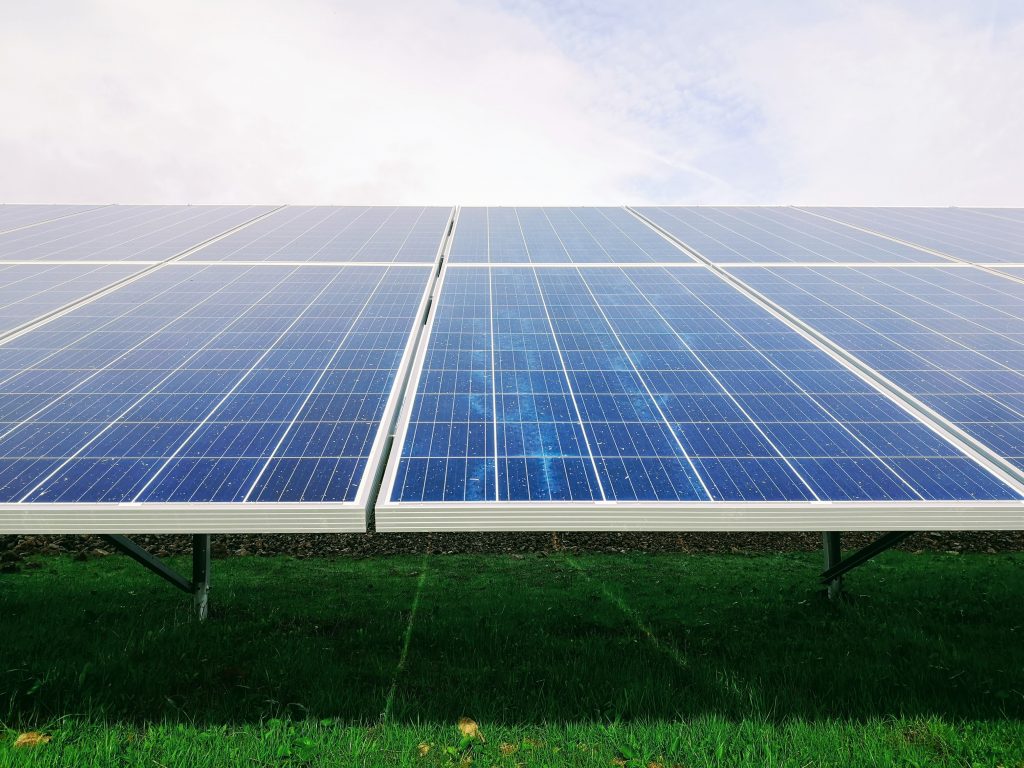New report out! Techno-economical possibilities and system correlations

© Mariana Proença
The first (public) step on the path of decarbonising heating and cooling for buildings in 2050 has been made!
Decarb City Pipes 2050 is proud to showcase its first public deliverable, D.2.3., “Techno-economical possibilities and system correlations”, which has a two-fold aim:
- To help participating cities explore the different possibilities and combinations of low-carbon heating and cooling supply for (dense) urban areas ;
- To identify and describe technical and economic strengths and weaknesses of different heating solutions.
More specifically, it first explores the optimum balance between supply cost and heat savings, before diving into possible sources of heat supply, from individual heat sources to district heating.
What does it mean for cities? On the economical side, there is one clear message: look for the optimum between heat demand and supply cost! It would also allow a better allocation of resources and a better planning of priorities. On the technical side, there is a range of existing possibilities for cities willing to decarbonise their heating system, considering local specificities (population density, local resources, existing technologies…).
On the one hand, there are individual heat sources. A dedicated section lists the different possibilities, with their advantages and drawbacks, as there is no one-fits-all solution. Although it always depends on the context, it is clear that heat pumps are more suitable for less dense areas (compared to district heating). In comparison, individual hydrogen boilers present technical difficulties and are the less-efficient option to produce low-temperature heat for buildings. Concerning solar thermal systems, collective ones are much less expensive than individual ones.
On the other hand, district heating is another promising ally in the path towards decarbonisation – provided the main drivers for its development are well captured. After a careful analysis of different drivers (economies of scale, scope and density, the evolution of energy sources, flexibility), the conclusion is clear: the main driver remains economies of scope, i.e., its ability to use many different energy sources (especially low-temperature renewable heat and heat recovery)
Finally, if cities want to reach the goal of decarbonising heating and cooling in buildings by 2050, it means going towards fourth-generation district heating systems and reaching lower temperatures. Reducing heat temperature in networks (via different technical systems, such as individual and direct substations or the removal of water tank for hot water) unlocks cost savings. Yet, involving citizens remains crucial for the new generation of district heating to be successful. Incentivising customers the right way is therefore necessary, through various applications, such as analysis of heat patterns, maintenance of installations, motivation tariffs…
In a nutshell, this report demonstrates how:
- Looking for the optimum between supply cost and heat savings is key: heat demand should be reduced until it becomes more expensive than supply.
- Heat supply solutions can vary according to the density of population, the point of heat production, the maturity of the technology.
- Economies of scope are the main driver for district heating.
- From an energy system perspective, the combination of heat pumps in sparse areas and district heating in dense areas is the best solution.
- Lowering system temperatures brings costs down, but changes in consumer behaviours are necessary to reduce those temperatures.
Read the full report for more detailed information and stay tuned for new developments!
